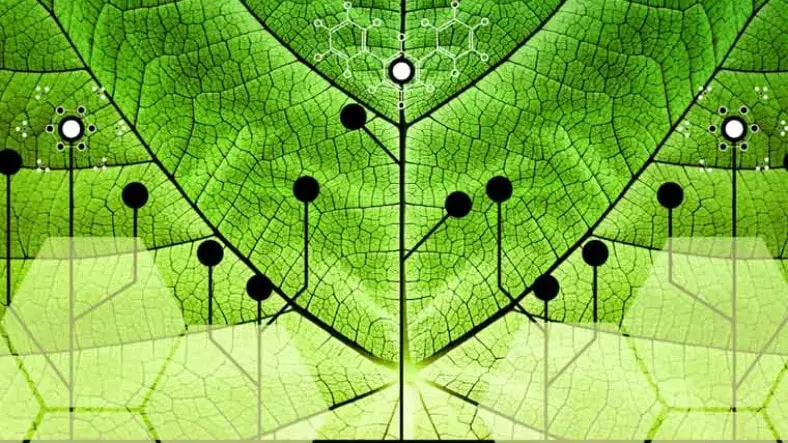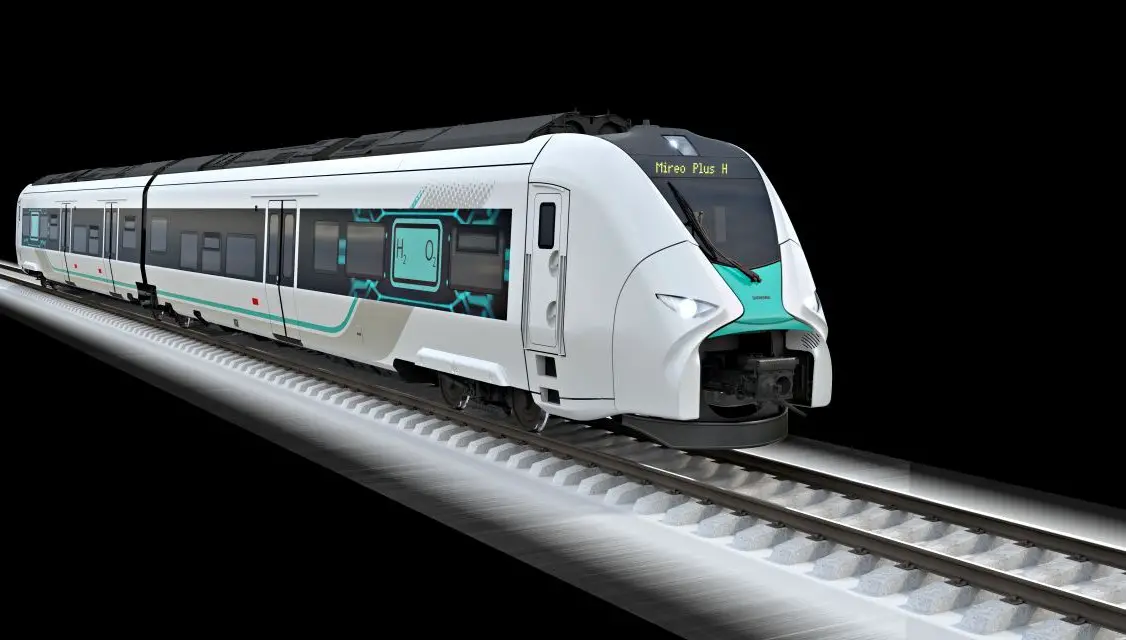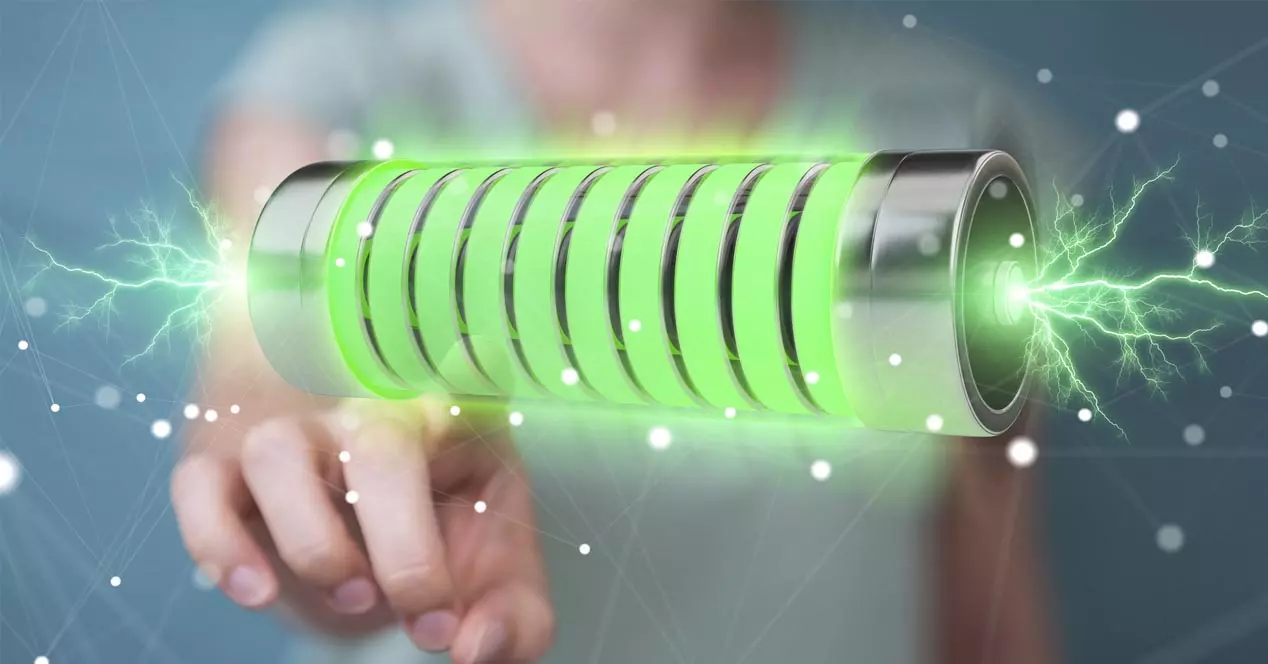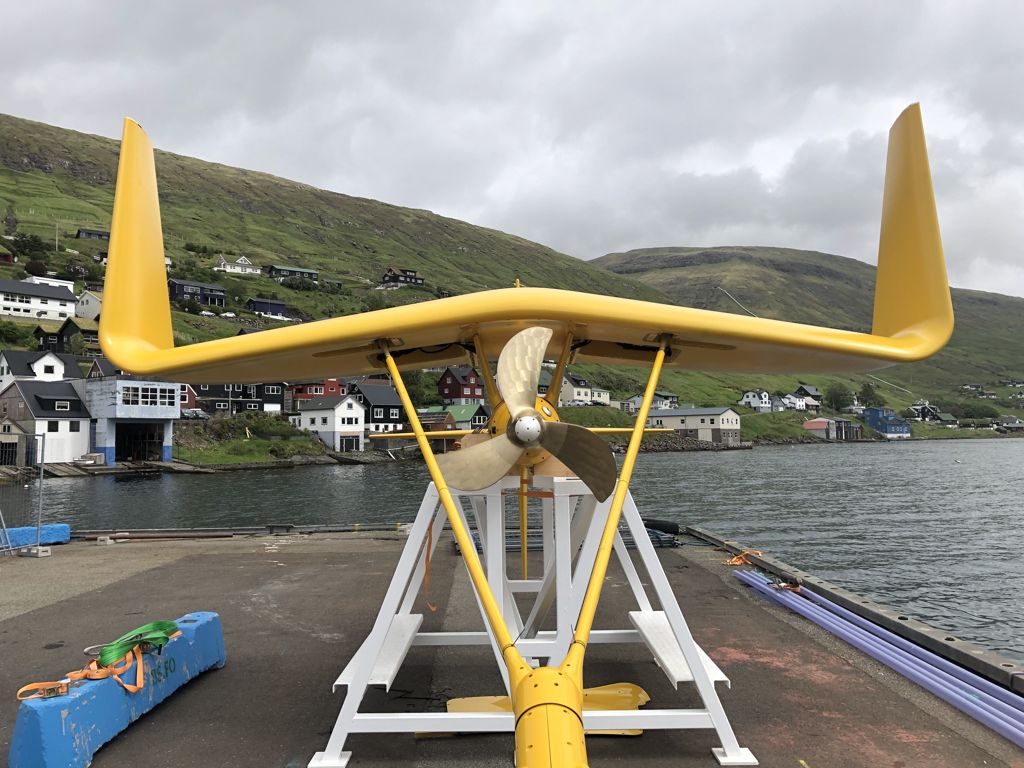The issue of wind turbine blade recycling is a long-standing problem for various wind turbine manufacturers and many countries.
Among them, composite materials push up the difficulty of recycling wind turbine blades, but now GE has developed the world’s longest thermoplastic wind turbine blade that can be fully recycled.
Wind power generation is an important part of energy transformation, but it brings huge green power and environmental protection benefits.
At the same time, poor handling will also be accompanied by environmental problems, especially the glass-reinforced polymer composites (Glass-reinforced polymer composites) that are difficult to recycle and process in wind turbine blades. GRP), plus the design of each house is more or less different, in consideration of cost and convenience, most of them are incinerated or directly buried.
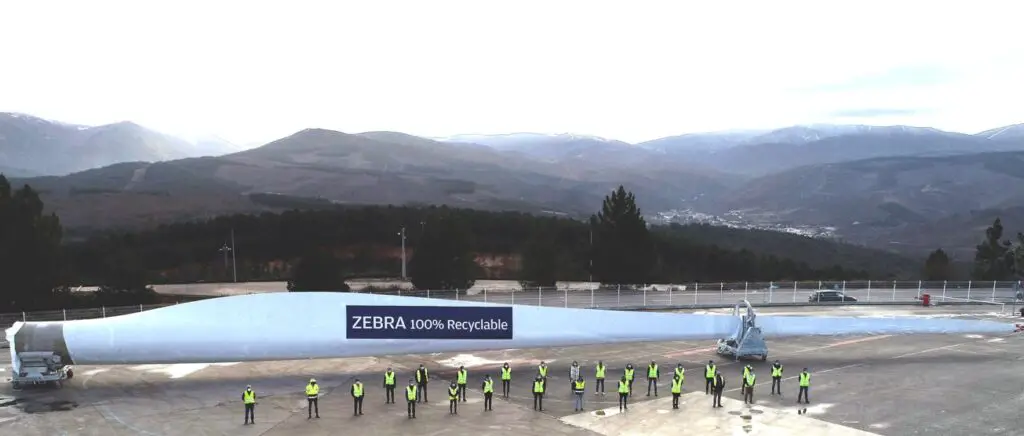
There will be 43 million tonnes of leaf waste worldwide by 2050
A previous study by the University of Cambridge in the UK indicated that by 2050 there will be 43 million tonnes of leaf waste worldwide. To this end, The Zero Waste Blade Research (ZEBRA) project came into being and was launched in September 2020.
The team includes the French research center, materials company Arkema (Arkema), GE subsidiary LM Wind Power , CANOE, Engie, and others, are working hard on how to make wind turbine blades from more sustainable materials.

Recently, LM Wind Power also used Arkema’s thermoplastic resin “Elium” to create the world’s longest blade prototype at 62 meters. Not only can it be 100% recycled through chemical treatment, but the depolymerized material is converted into virgin resin, which can be reused. Utilized, performance levels are also comparable to lightweight and durable thermoset resins.
In the future, LM Wind Power will also conduct comprehensive structural tests to verify the performance of the blades, and finally test the recycling method on December 22 this year. John Korsgaard, senior director of engineering at LM Wind Power, said that the team is addressing two major challenges in the wind energy industry.
On the one hand, moving towards zero-waste blades can also improve blade recyclability. Thermoplastic composite blade materials have high recycling value. In addition to being used in other industries, they can also be used to make new blades.


